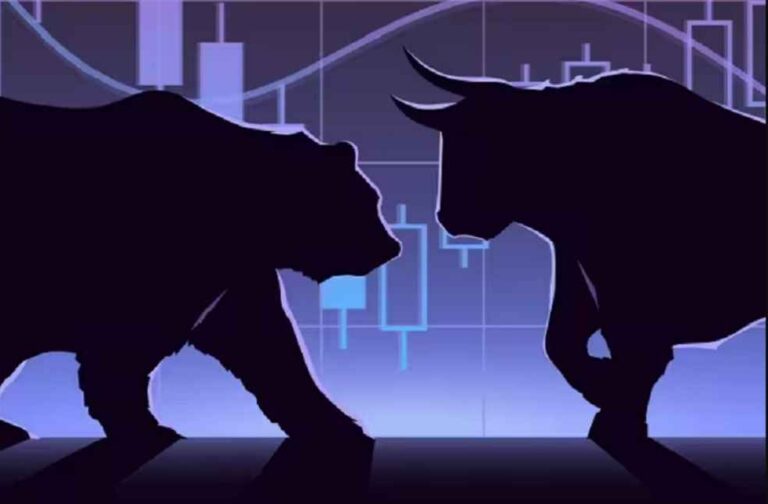Bull and bear markets are two terms used to describe the general trends in the stock market. A bull market is a market that is on the rise, while a bear market is a market that is declining. Here’s a timeline of the most significant bull and bear markets in history:
- The Roaring Twenties Bull Market (1920-1929): The stock market experienced significant growth during this period, with the Dow Jones Industrial Average increasing by more than 500%. However, the market crashed in 1929, leading to the Great Depression and a bear market that lasted until 1932.
- The Post-World War II Bull Market (1949-1961): The stock market experienced steady growth during this period, driven by a booming economy and increased investment opportunities. The market grew by more than 267% over 12 years.
- The 1970s Bear Market (1973-1974): The stock market experienced a significant decline during this period, with the Dow Jones Industrial Average falling by more than 45% in just two years. The bear market was caused by rising inflation, high unemployment, and the oil crisis.
- The 1980s-90s Bull Market (1982-2000): The stock market experienced a long and significant bull market during this period, with the Dow Jones Industrial Average increasing by more than 1100% over 18 years. The market was driven by low inflation, low interest rates, and the growth of the technology industry.
- The Dot-Com Bubble Bear Market (2000-2002): The stock market experienced a significant decline during this period, with the technology-heavy Nasdaq Composite falling by more than 78% in just three years. The bear market was caused by over-investment in internet-based companies and the subsequent burst of the dot-com bubble.
- The Great Recession Bear Market (2007-2009): The stock market experienced a significant decline during this period, with the Dow Jones Industrial Average falling by more than 50% in just 18 months. The bear market was caused by the subprime mortgage crisis and the subsequent global economic downturn.
- The COVID-19 Bear Market (2020): The stock market experienced a significant decline during the early stages of the COVID-19 pandemic, with the Dow Jones Industrial Average falling by more than 35% in just one month. However, the market quickly rebounded, and by the end of 2020, it had reached new record highs.
In conclusion, bull and bear markets are a natural part of the stock market’s cycles. While bull markets are typically associated with growth and prosperity, bear markets can be challenging and are often associated with economic downturns. Understanding the history of these markets can help investors make informed decisions and navigate the risks and opportunities of the stock market.
INDUSTRY: 60% OF SMBS SUFFERED REVENUE LOSS DUE TO SUPPLY CHAIN ISSUES IN 2022



